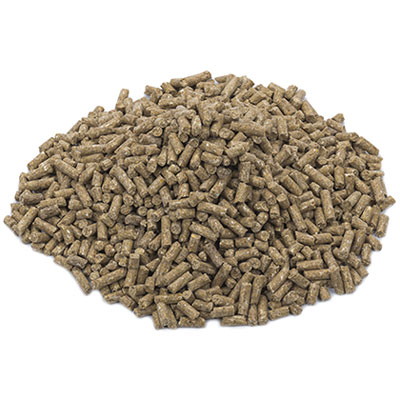Dairy Advice - Spring
Successful Mating
In the lead-up to mating, cows are under a considerable amount of metabolic stress. Since they are near peak lactation at this time, the cows are consuming energy and resources just by producing milk. At the same time, they have to fuel basic processes such as walking and eating. If the cow faces inadequate feed – either quantity or quality – to meet her needs, then some form of metabolic activity has to be shut down or reduced to compensate, and generally, the first activity to be affected is cycling.
Non-cycling cows are clearly a drain on farm resources, and the goal should be to minimise these as much as possible.
While cycling activity in all cows will be affected by their nutrition, there are some specific conditions that can also have an effect. For instance, retained foetal membranes (RFMs) or metabolic disorders related to calving make cycling much less likely and need to be addressed early in the season. The underlying reasons for the calving problems need to be determined with the help of a veterinarian, and an appropriate treatment plan implemented.
For most of the cows in the herd, though, limitations on cycling are likely to come from a lack of body weight or inadequate mineral status.
At the start of mating, mature cows will ideally have a minimum body condition score of 4.0. Regular monitoring of condition scores and liveweights in the lead-up to mating is the only practical way to ensure these goals are met. Once mating starts, it is much more difficult to address stock condition or size issues.
Feeding cows well in the lead-up to mating requires good management of pasture allocation and an awareness of the specific needs of at-risk cows. For the main herd, daily pasture intake targets should be 4% of liveweight. Any shortages can be made up by supplying a suitable high-energy supplement.
At-risk cows (e.g. lighter cows, those that have had calving problems, are lame, or have mastitis) may need special care to help them gain weight and hit the target condition score. There are several strategies that can be used to achieve this:
- Form the group into a once-a-day milking herd, so less of their energy intake is dedicated to milk production
- Reduce their daily walking distance, so they expend less energy
- Offer them preferential feeding, either better grass allocation or additional supplementary feeds
- Any supplement used should be high-quality and deliver the specific nutritional profile needed at this time.
Trace elements may also need to be added to the supplement, as cows require good mineral status for all aspects of mating, from cycling through to embryo implantation. Supplying trace elements on a little-and-often basis is best.

Hi Energy Hi Starch
A fully balanced pellet that provides a range of starches with different break down rates. This makes the starch available in the rumen for longer and creates a more stable and efficient environment. The additional energy from bypass fat doesn’t interfere with rumen function so it’s a safe way to boost dietary energy.

